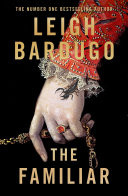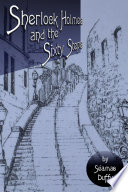
Four short stories in this novel, none of which I found to be challenging for such a great detective. Each story just lacked the mystery found in a true ACD novel and the methods of the crime were in some cases easily solvable. The proof reader failed in their task spotting incorrect, missing or duplicated words which also spoilt the already dull storyline.
17 likes


















